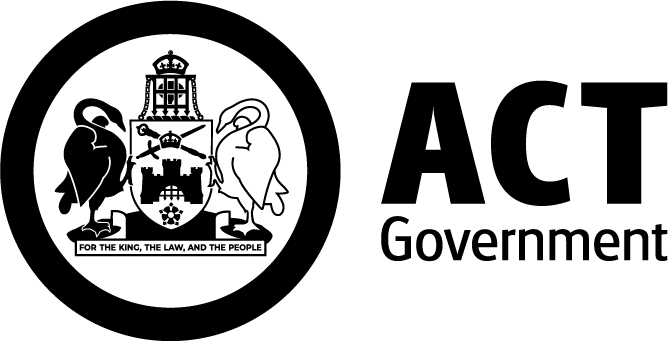Livestock advice
The ACT’s government veterinarians help give advice on how to keep your animals safe and healthy. They can help rural landholders:
- investigate animal diseases
- prepare for emergencies
- trace livestock
- provide advice on farm safety
- provide veterinary advice on animal health issues
- advise on animal welfare.
Services to get livestock advice
| Contact | Contact details |
|---|---|
| Access Canberra | 13 22 81 |
| ACT Biosecurity |
Livestock welfare
The ACT Government is working towards consistent rules for fair animal treatment across the country. These rules are based on the Model Codes of Practice. They ensure that caring animals is practical for farmers and improves their wellbeing.
Australian farmers have always known that they need to take care of their animals. Consumers are also now paying more attention to animal welfare. This means farmers are under pressure keep animal welfare standards high.
Read the Australian Animal Welfare Standards and Guidelines.
Livestock drinking requirements
Livestock must have adequate water, and it’s important to know how much they need each month.
Average water consumption can be estimated per animal. It also depends on breed, sex, age, feed type and quality, and weather conditions.
For example, water consumption might increase during summer by about 40% for cattle, sheep, and horses. On extremely hot days, this might increase by 80%.
See below for how to calculate daily water requirements for your livestock.
| Cattle type | Daily requirements (litres per head) |
|---|---|
| Lactating cow on grassland | 40–100 |
| Lactating cow on saltbush | 70–140 |
| Young stock | 25–50 |
| Dry stock (400kg) | 35–80 |
| Sheep type | Daily requirements (litres per head) |
|---|---|
| Adult dry sheep on grassland | 2–6 |
| Adult dry sheep on saltbush | 4–12 |
| Ewes with lambs | 4–10 |
| Weaners | 2–4 |
| Horse type | Daily requirements (litres per head) |
|---|---|
| Lactating horses | 80–150 |
| Young horses | 20–40 |
| Horses | 40–50 |
